News
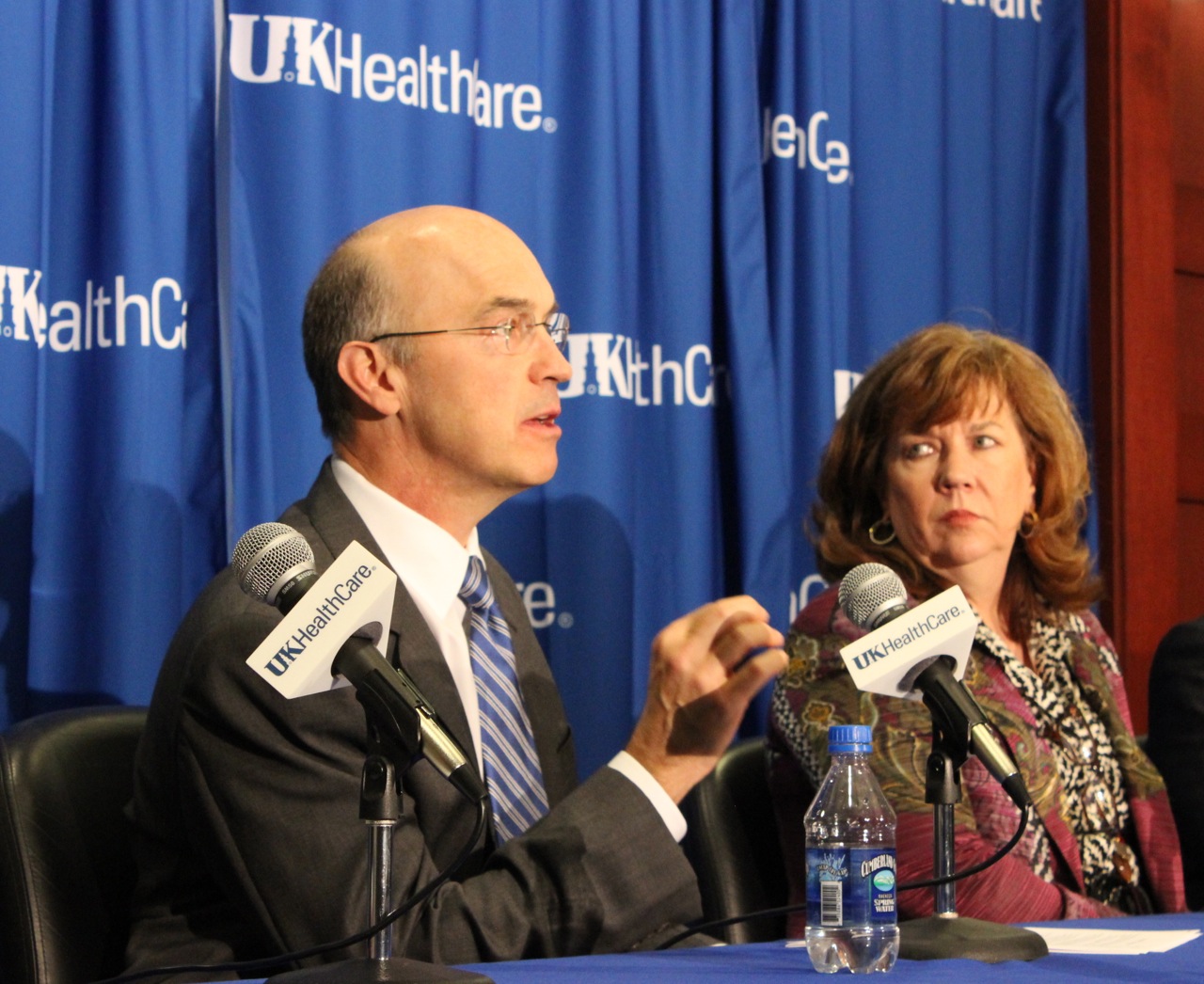
The University of Kentucky has been approved to lead a $14.9 million project from the Patient-Centered Outcomes Research Institute (PCORI) to identify the most effective approaches for patient care transitions as they move between hospitals, nursing homes and their own homes.
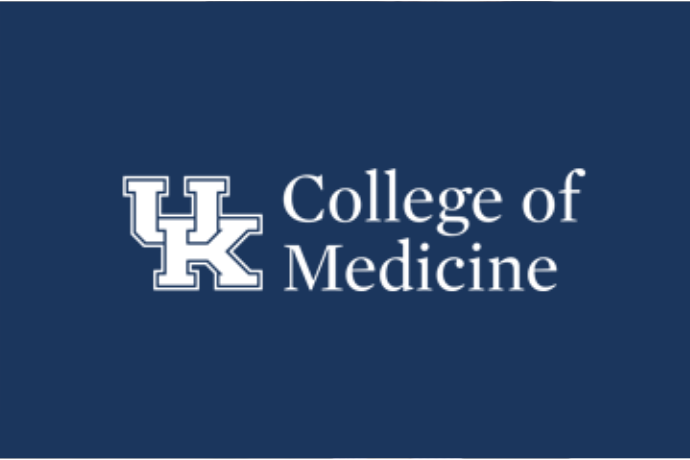
Dear Chairs and Center Directors,
In response to feedback about the draft IDP, we have created a slightly modified version, which is attached. The major change in this version is the specific inclusion of questions in Parts II and III related to understanding responsible conduct of research, in order to ensure that our training plans are meeting with NIH standards in this area. In addition, we slightly modified the introductory paragraph so that it can be directly cut and pasted into a progress report. This section now reads:

[From VPR Office]
As a result of recent lapses in biosafety practices at Federal laboratories, the Federal Government has issued a “Safety Stand-Down” for federal facilities to ensure safety of laboratory researchers and the American public. The University of Kentucky as a recipient of Federal research funding is encouraged to conduct similar reviews.

Have you submitted a proposal or do you plan to do so in the next few months?


[From the NIH Website]
Request for Information (RFI): Consideration of Sex As a Biological Variable in Biomedical ResearchNotice Number: NOT-OD-14-128
Key Dates
Release Date: September 11, 2014
Response Date: October 13, 2014
Related Announcements
None
Issued by
National Institutes of Health (NIH)
Purpose
Background
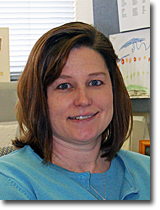
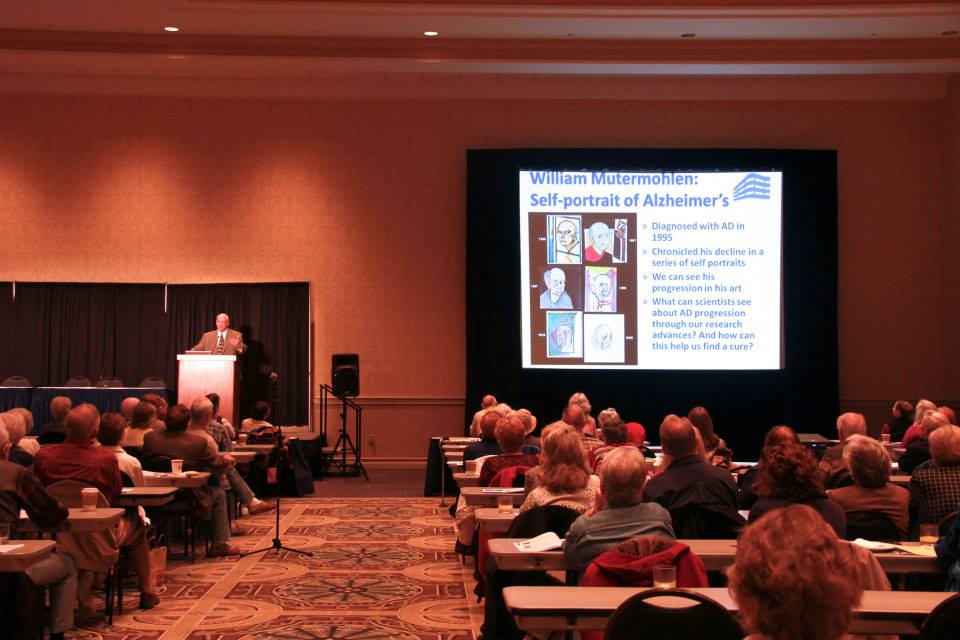

NIH recently updated policies regarding application submissions. That update allowed resubmission of an A1 application as an A0. One of the restrictions outlined in the policy update states that the second A0 submission can not reference any previous reviews. NIH is rejecting any application making reference to previous reviews. To read more of the policy, click here. For questions, contact your GPS.

[From NIH eSubmission Items of Interest - September 18, 2014]
Systematic Application Compliance Checking – What It Is and What It’s Not
Automated enforcement of business rules by NIH eRA systems plays an important role in the application submission process – it helps you and it helps NIH. Understanding what that role covers can be the difference between your application moving forward to review and not.
System-enforced application validations are what they are – nothing more, nothing less.

In response to the third cycle of NCI Alliance activity, we are organizing a team to work on a proposal for “NCI Center for Cancer Nanotechnology Excellence”. The UK proposal is entitled “RNA Nanotechnology Center for Cancer Therapy". We strongly encourage UK faculties to participate in this proposal. Please contact Peixuan Guo (peixuan.guo@uky.edu) for a recommendation to a project leader. The deadline is the beginning of November.
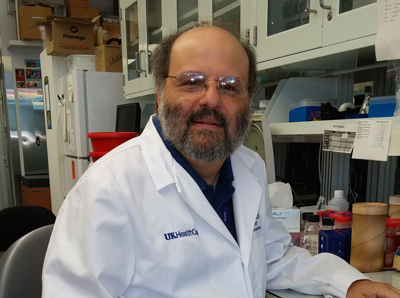

As a reminder, an Internal Approval Form (IAF) is no longer routinely required for non-competing progress reports. This change primarily effects multiple year awards from the National Institutes of Health (NIH). An IAF will still be required for significant changes (for instance, if there is a 25% or greater change in budget from the proposal that was originally routed, if a co-Investigator is added or if the Enrichment distribution changes).

You are probably aware that the federal Office of Management and Budget (OMB) has made a major change to the underlying guidance by which university recipients of federal awards have operated for decades. OMB combined eight separate circulars, applicable to different types of grantee organizations, into a single document, “Uniform Administrative Requirements, Cost Principles, and Audit Requirements for Federal Awards,” commonly referred to as the Uniform Guidance (UG).

Starting in October 2014 (just a few weeks away!) eRA Commons Usernames for graduate and undergraduate student project roles will be required for both the PHS 2590 Non-Competing Continuation Progress Report and Research Performance Progress Report (RPPR).

Public Law 110-81: Honest Leadership and Open Government Act of 2007 imposes stringent requirements on universities and other organizations engaged in lobbying. The University of Kentucky, as a registered lobbying entity, must exercise comprehensive oversight over all lobbying activities undertaken on behalf of the University and must file quarterly disclosure reports with the Secretary of the Senate and the Clerk of the House of Representatives.



[From Rebecca Dutch, Associate Dean for Biomedical Education]
Dear Chairs and Center Directors,
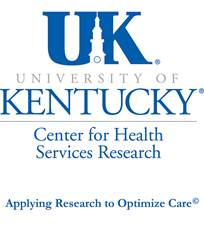
The University of Kentucky Center for Health Services Research (CHSR), which serves as a connector, catalyst and creator at UK and UK HealthCare, announces the launch of its new website and seeks membership applicants for its efforts in applying research to optimize health care delivery. The CHSR is focused on creating, testing, and scaling next-generation health services research solutions to improve the efficiency and effectiveness of health delivery within Kentucky and beyond.